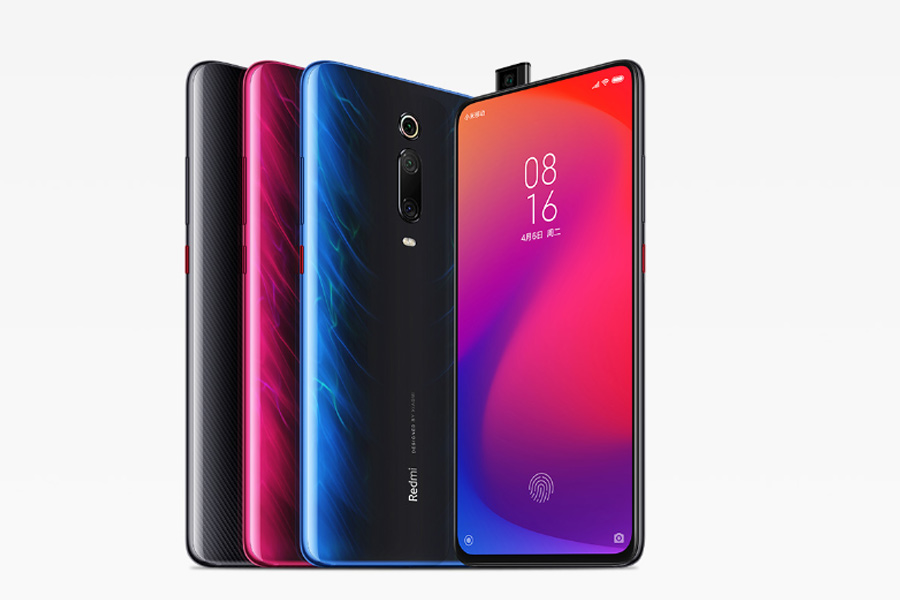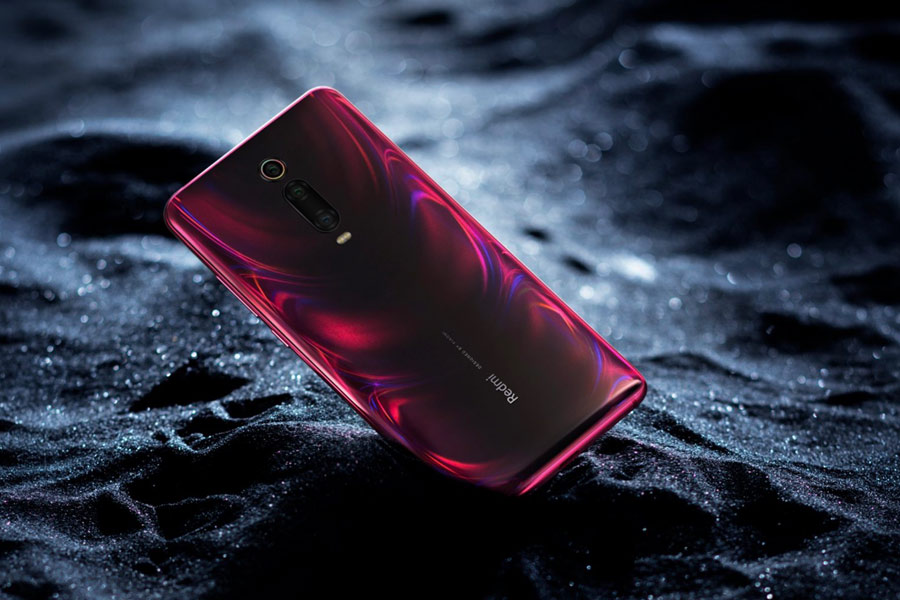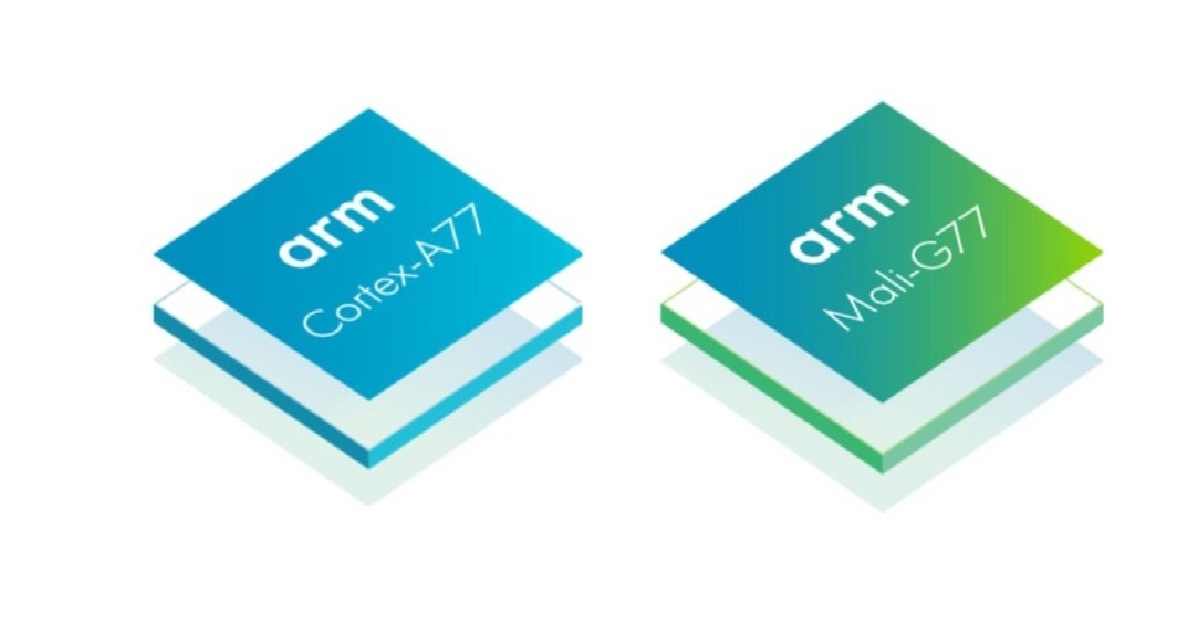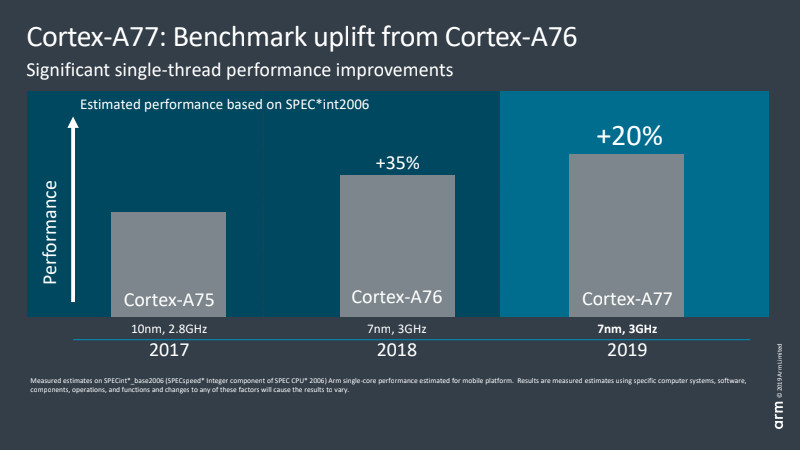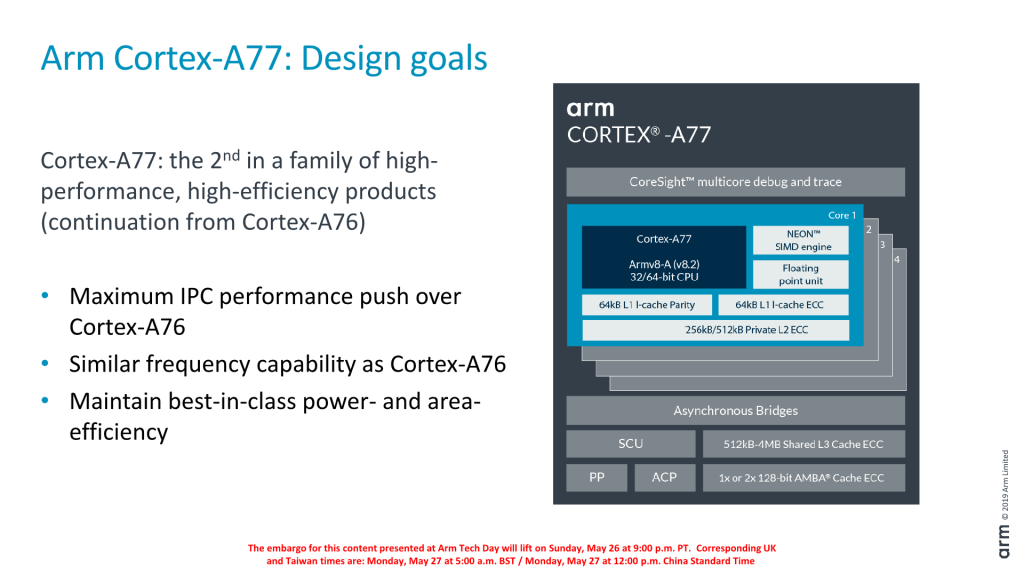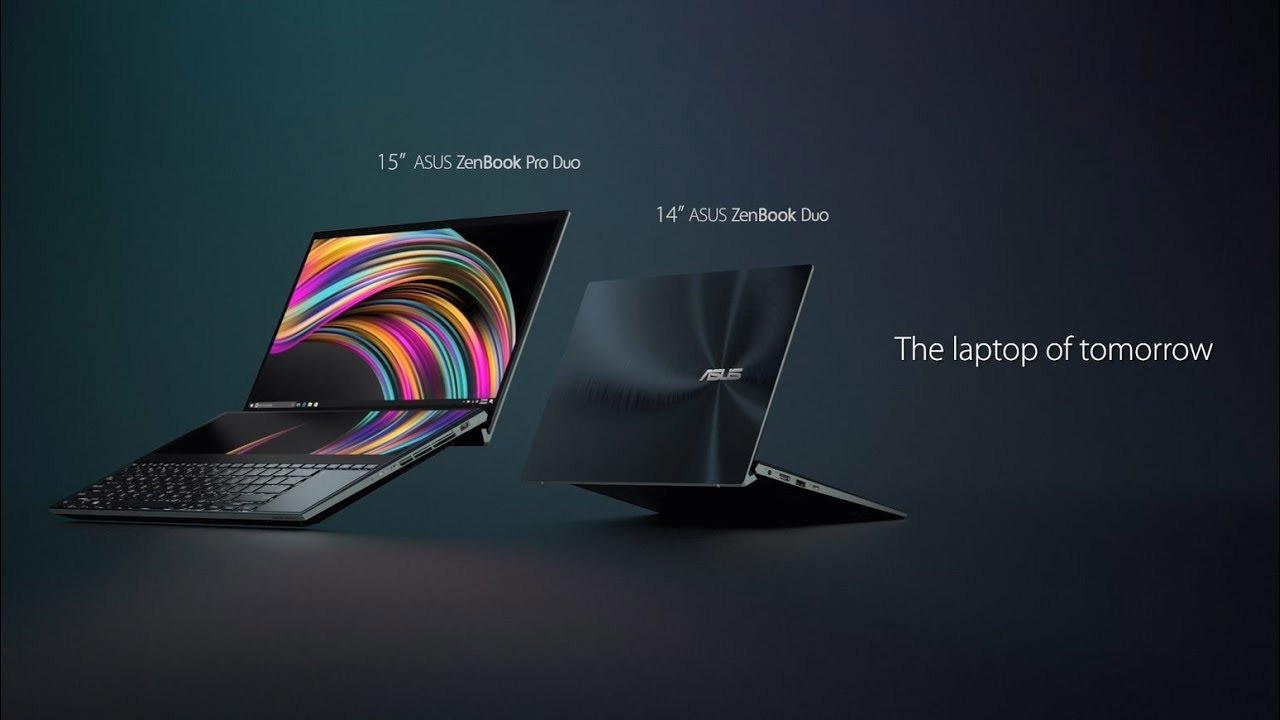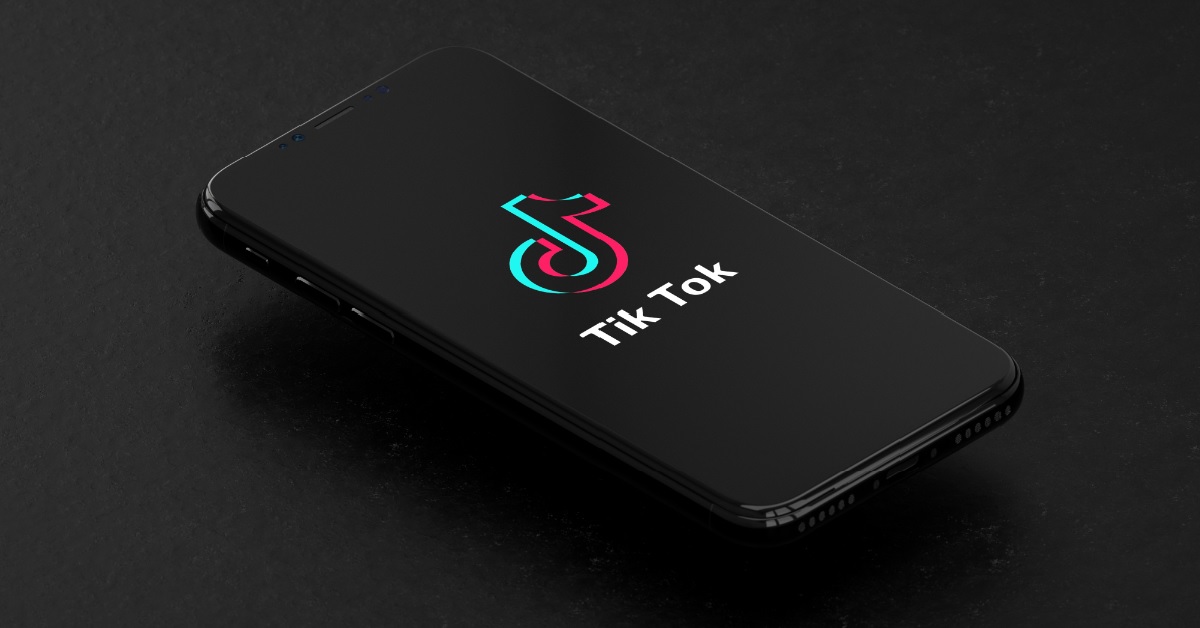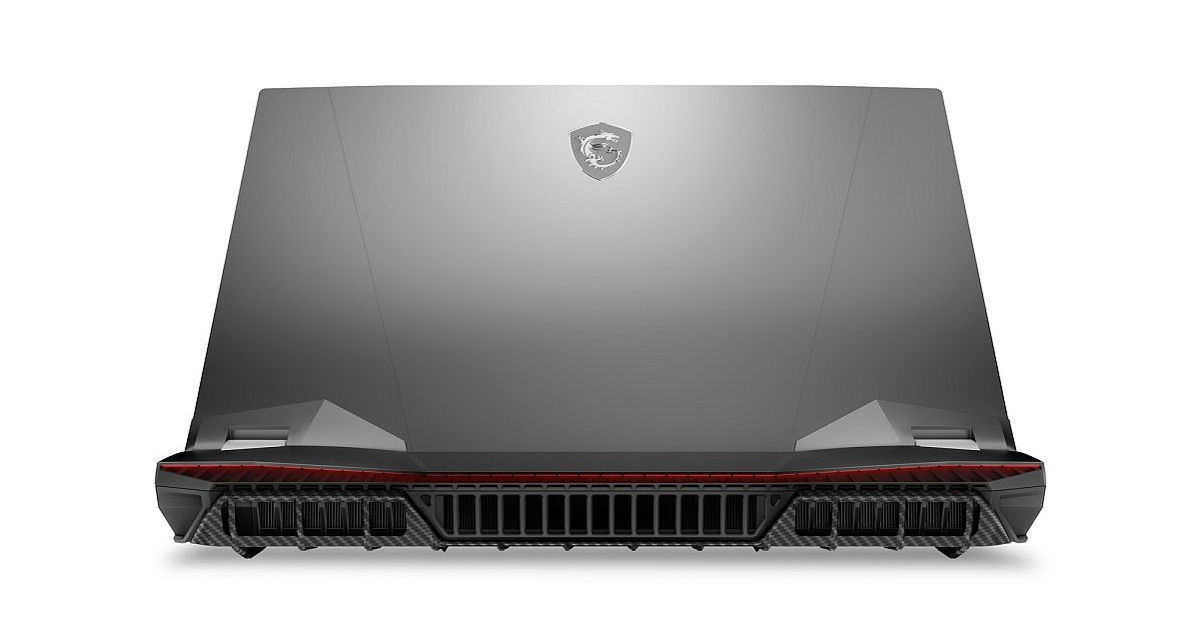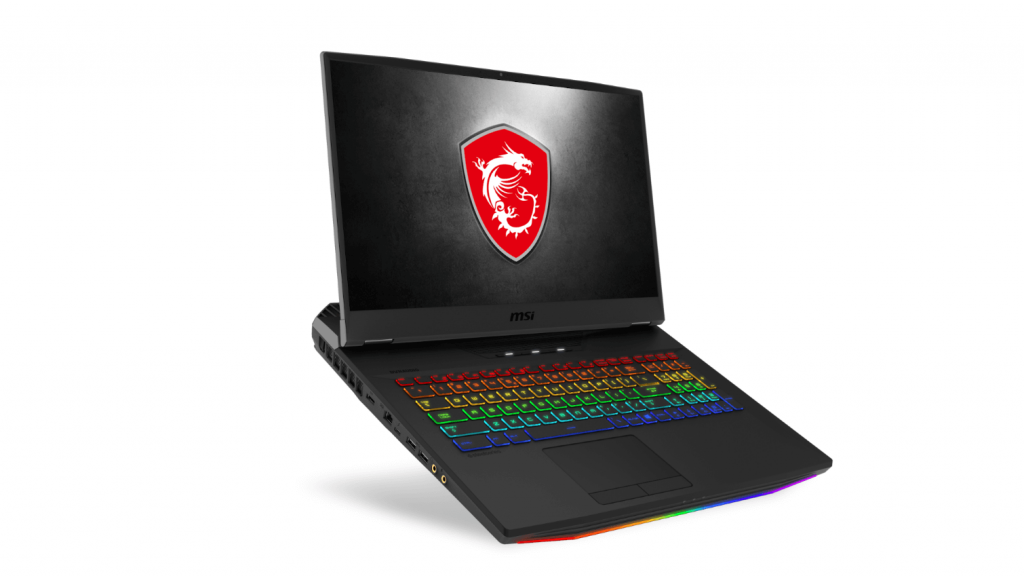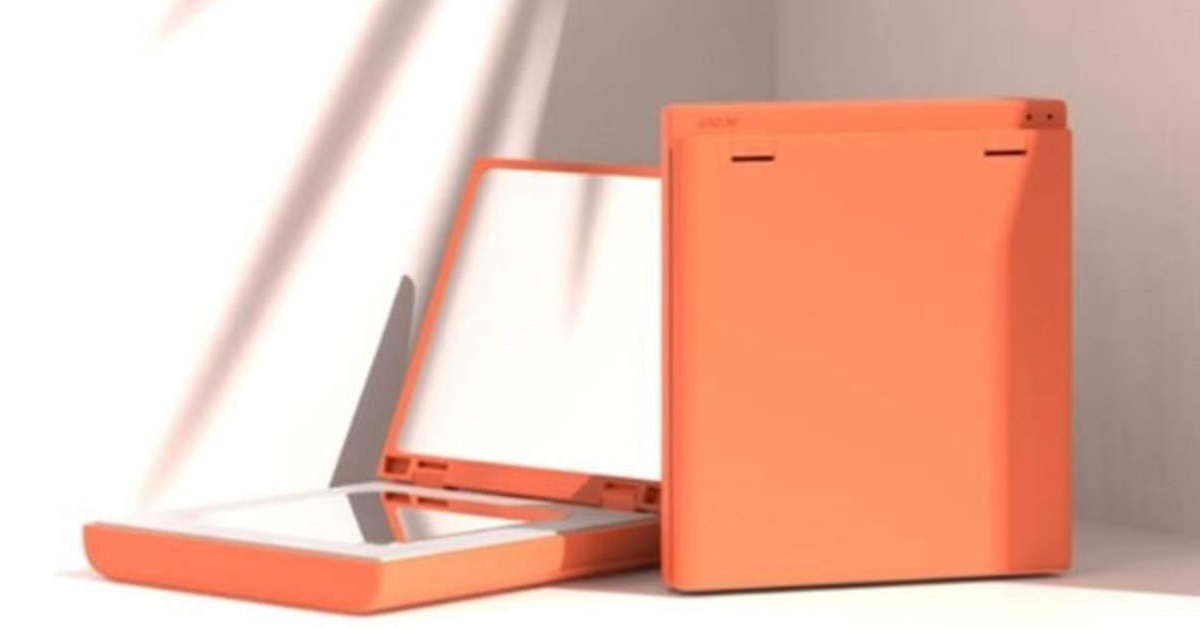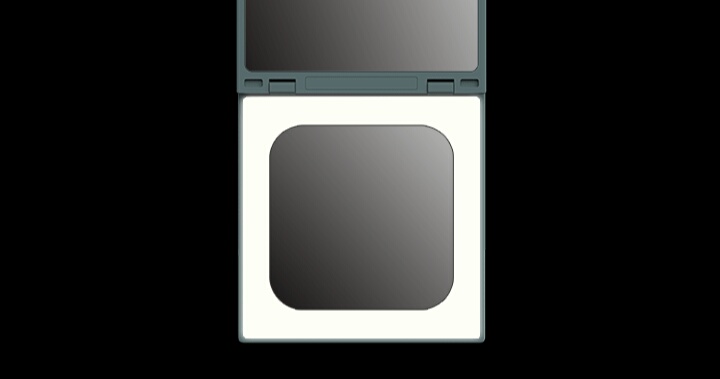With every new budget releases, Huawei tries to conquer the market segment that is dominated by likes of Xioami and Samung. It was the aim when Huawei released the Huawei Y5 2019 and Huawei Y7 pro back in 2019. Let’s check out if Huawei Y5 2019 and Huawei Y7 Pro 2019 are still worth their price in Nepal today.
Huawei Y5 2019
Design and Display
The Y5 2019 is a budget-oriented offering from the company. Nonetheless, this budget phone is wrapped with premium-looking faux leather material on the back. Apart from looking fancy, the faux leather back also happens to be anti-dirty, anti-fingerprint, and wear-resistant. So kudos to Huawei for incorporating such a design in a budget device.
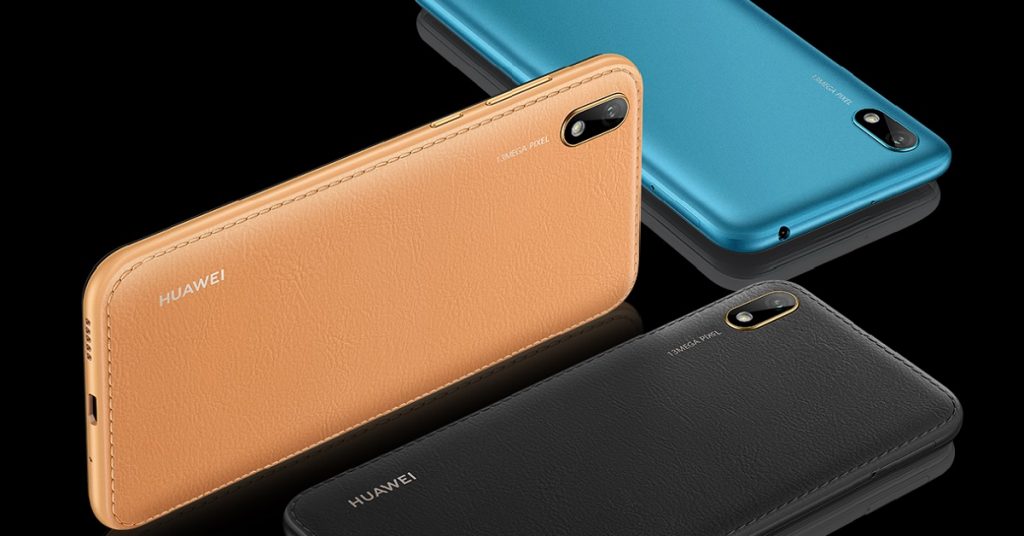
Talking about the display, the phone has included a 5.71-inch IPS panel. Huawei has also incorporated a tiny notch atop the display. The resolution here is HD+ and it is to be expected from a budget phone. The Y5 2019 also comes with the TUV Rheinland certification on its display. This certification ensures that the display on this handset keeps harmful blue light under control.
Camera
On to the imaging department, the phone encompasses a 13MP shooter on the rear panel and a 5MP selfie shooter on the front. The front shooter on this device also doubles as a biometric means to unlock the phone. The selfie snapper comes into action while unlocking the phone via Face Unlock feature. And it is said to recognize 1024 facial features. Huawei also claims it to be reliable. With the absence of the fingerprint scanner, this is the only biometric means to unlock the device. So it might come in quite handy.

Performance and Memory
The performance part is handled by MediaTek Helio A22 chipset. The phone also comes with 2GB RAM and 16GB of onboard memory to complement the processor. It’s the generosity of Huawei that the company has also included a dedicated SD Card slot for memory expansion. Y5 2019 packs a 3020mAh battery to keep the device running.
Although the Y5 2019 has strengthened Huawei’s budget lineup, there are still better contenders at a similar price. The Samsung Galaxy A10 (Rs. 14, 190) and Xiaomi Redmi 7 (Rs. 14,999) are better performers than the Y5 2019 in almost every aspect. Just at a price difference of Rs. 300, you can find some amazing devices like the Samsung Galaxy M10 (Rs. 13,790). So I am not hopeful that this device could make a mark in the budget segment.
Huawei Y5 2019 Specifications:
- Display: 5.71-inch IPS LCD display
- Resolution: HD+ (1520×720 pixels), 19:9 aspect ratio @ 295 PPI
- Chipset: MediaTek Helio A22
- CPU: Quad-core 2.0 GHz Cortex-A53
- GPU: PowerVR GE8320
- RAM: 2GB
- Storage: 16GB; Expandable up to 1TB (Dedicated slot)
- OS: Android 9.0 (Pie) with EMUI 9 on the top
- Rear Camera: 13MP, f/1.8, PDAF, LED flash
- Front Camera: 5MP, f/2.2
- Sensors: Accelerometer, proximity
- Battery: 3020mAh non-removable battery
- Colors: Midnight Black, Modern Black, Sapphire Blue, Amber Brown
- Price: Rs. 13,490 [Price Last Updated On: July 25, 2019]
Huawei Y7 Pro 2019 Overview:
This is not an absolutely new device from the company. Huawei had already released the Y7 Pro 2019 in Nepal back in Nepal. But this time, the new Y7 Pro 2019 comes with a bumped up storage and a fingerprint scanner.
When Huawei launched the Y7 Pro, there were already a handful of amazing phones. And in an already fierce competition, the phone received quite a backlash mainly due to the absence of the fingerprint scanner. But amending those mistakes, Huawei brought a brand new device including a fingerprint sensor on the back.
Apart from the fingerprint, this new device also comes with 64GB storage, which is a significant upgrade over the previous model, which had 32GB of onboard memory. The rest of the features remains the same here. It gets a 6.26-inch HD display with a tiny notch on the top. Snapdragon 450 chipset takes care of the performance here, which comes alongside the 3GB RAM.
The rear camera on this device is a combination of 13MP and 2MP sensors. With the dual camera on the board, you can expect some portrait images from here. Flipping to the front, we can see a 16MP selfie snapper dwelling on the notch.
The battery is the major highlight of this device. It comes with a humongous 4000mAh battery. Given the low-res display and power-efficient SD450 chipset, we can expect a dependable endurance.
Check out the review of Huawei Y7 Pro 2019
Specifications:
- Display: 6.26-inch IPS LCD display
- Resolution: HD+ (1520×720 pixels), 19:9 aspect ratio @ 269 PPI
- Chipset: Qualcomm Snapdragon 450
- CPU: Octa-core 1.8 GHz Cortex-A53
- GPU: Adreno 506
- RAM: 3GB
- Storage: 32/64GB; Expandable up to 1TB
- OS: Android 8.1 (Oreo) with EMUI 8.2 on the top
- Rear Camera: (13MP, f/1.8, PDAF) + (2MP, depth sensor), LED flash
- Front Camera: 16MP
- Sensors: Fingerprint (on 64GB variant), Accelerometer, proximity, compass
- Battery: 4000mAh non-removable battery
- Colors: Black, Aurora
Huawei Y5 2019 and Huawei Y7 Pro 2019 Price in Nepal and Availability
The price of Huawei Y5 2019 in Nepal is Rs 12,950. It is available through both online and offline retail shops in Nepal. The device is a decent performer at its price but a little more cash can get you Samsung A10s and Realme C2 which perform even better.
The price of Huawei Y7 2019 Pro in Nepal is 20,490 for a 3/64GB variant and Rs 18,490 for a 3/32GB variant. However, the stocks are difficult to find for these. But still, there are already some compelling phones in the market and the Y7 Pro 2019 still struggles to surpass them. Redmi Note 8 and Realme 5i are such options here.
| Model name | Price in Nepal | Available Stores |
| Huawei Y5 2019 | NPR 12,950 | Dokoman |
| Huawei Y7 Pro 2019 | NPR 20,490 | Authorized stores |


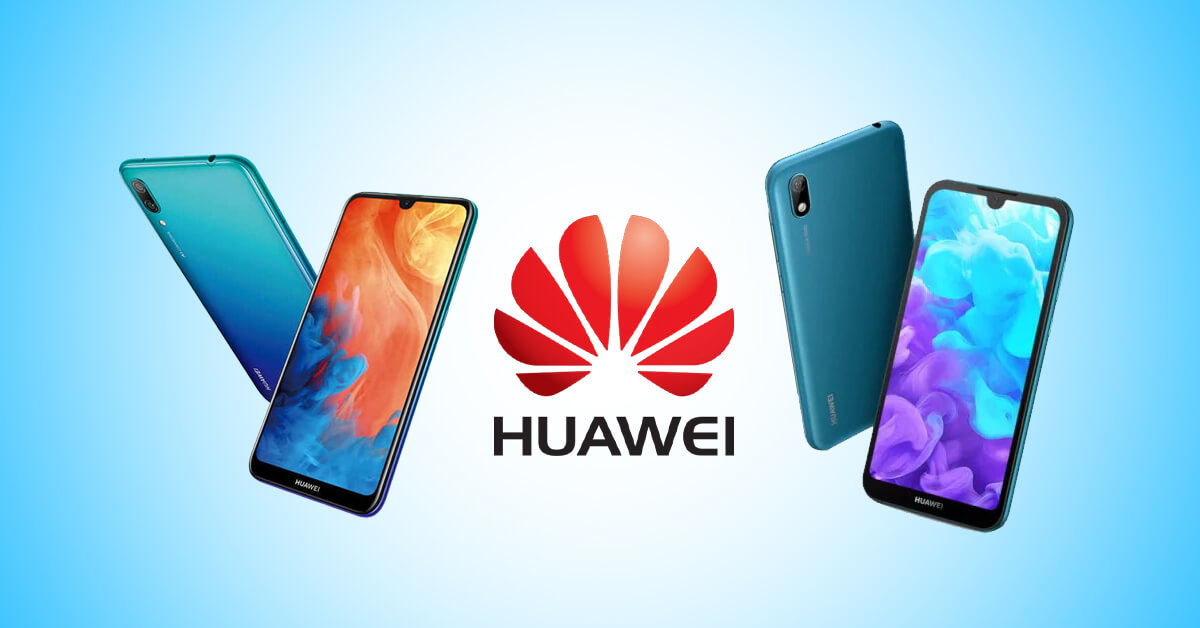
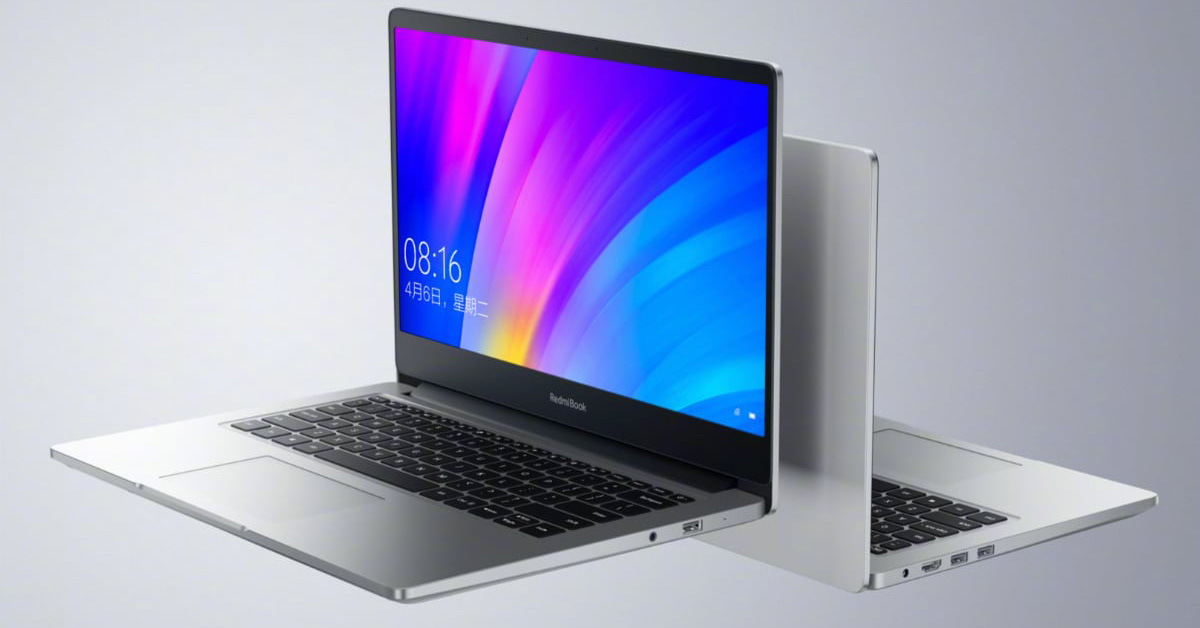

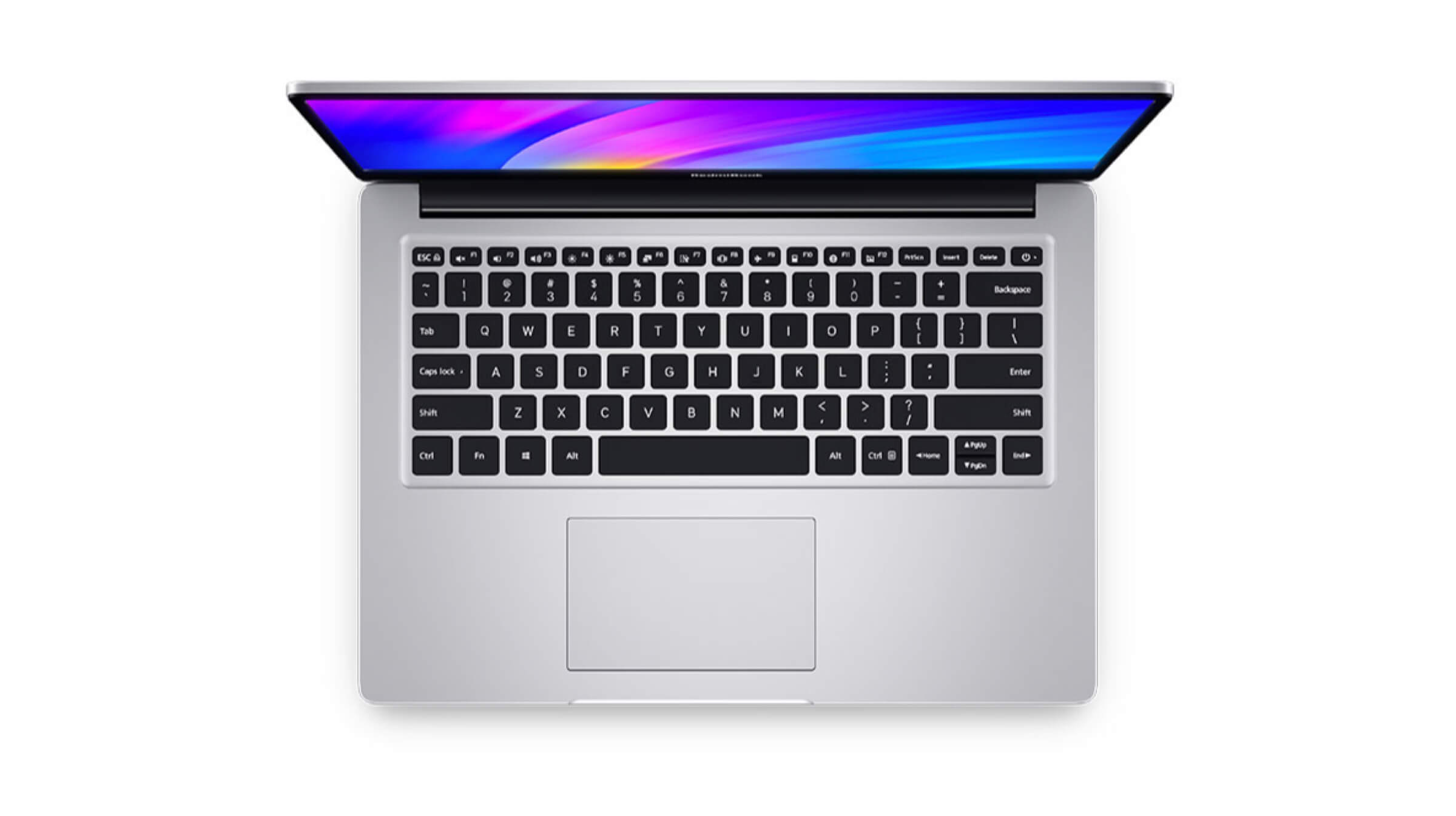
![‘Flagship Killer 2.0’ Redmi K20 & K20 Pro Announced [Nepal Price Included] ‘Flagship Killer 2.0’ Redmi K20 & K20 Pro Announced [Nepal Price Included]](https://cdn.gadgetbytenepal.com/wp-content/uploads/2019/05/redmi-k20-pro-launched.jpg)
